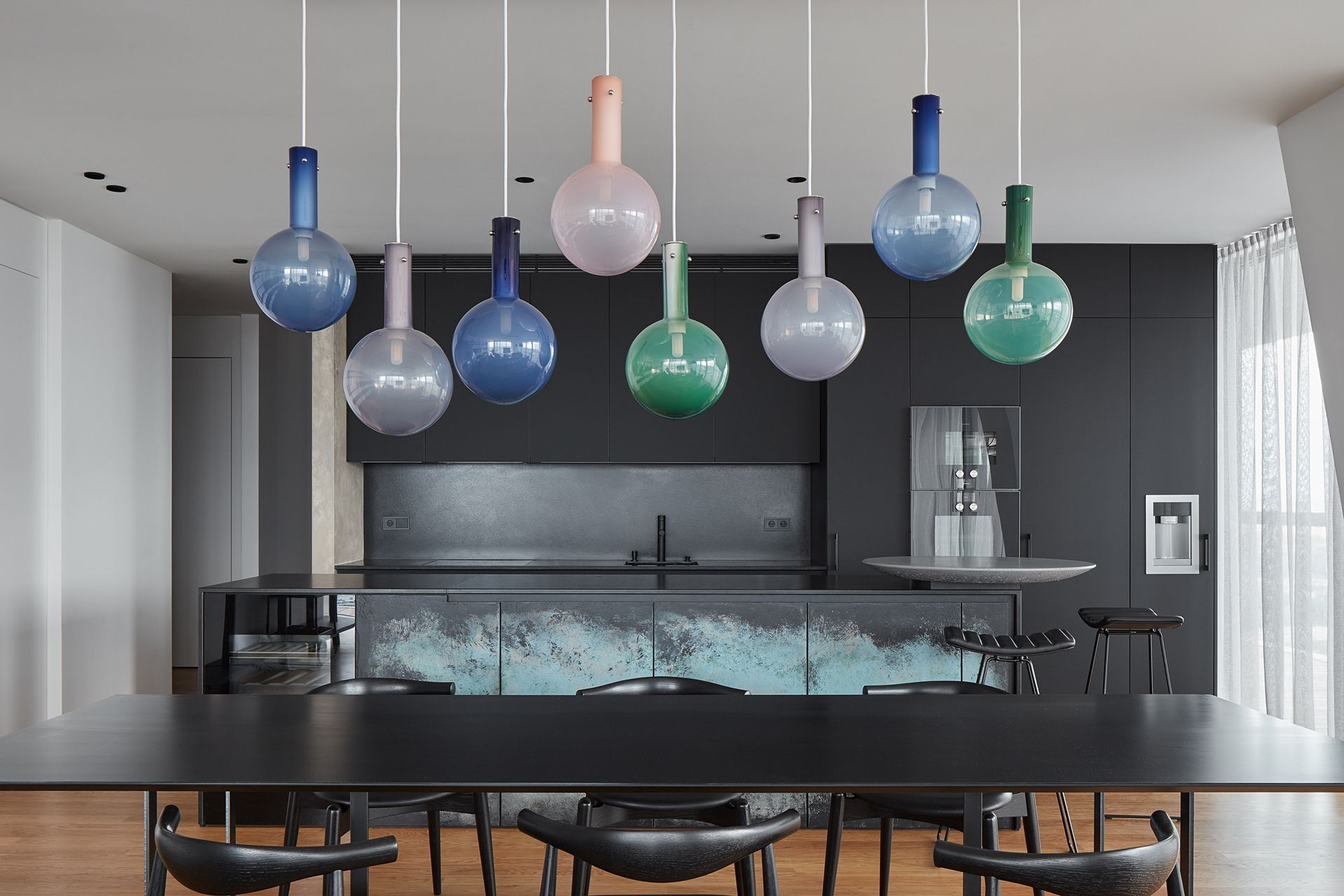Michaela Tomišková and Jakub Janďourek launched their brand DECHEM in 2012. In their lamps and decorative glass objects, they combine traditional Central European craftsmanship, experimentation and innovation. We explore the nature of glass, the tradition of Czech glassmaking, innovative techniques, and the design duo’s creative process. We interviewed the duo for the occasion of the opening of the Design Without Boarders exhibition!
Michaela and Jakub first met at the Nový Bor glass school, but they didn’t pay much attention to each other then. After this, they went on separate ways for a while: Jakub studied glass production and glassmaking techniques, Michaela started her design studies at the University of Applied Arts but never moved far away from the glass. They met again a few years later while working together on Michaela’s diploma project, and their collaboration hasn’t stopped ever since—establishing their brand was the most natural path for them. The name of their joint venture reflects the way their objects are made, because in Czech, “dechem” literally means “made by breath”.Over the past year, the brand has also expanded with new team members: Michaela and Jakub work with four designers, Klara, Tomáš, Vlastimil and Lisa, on their projects.
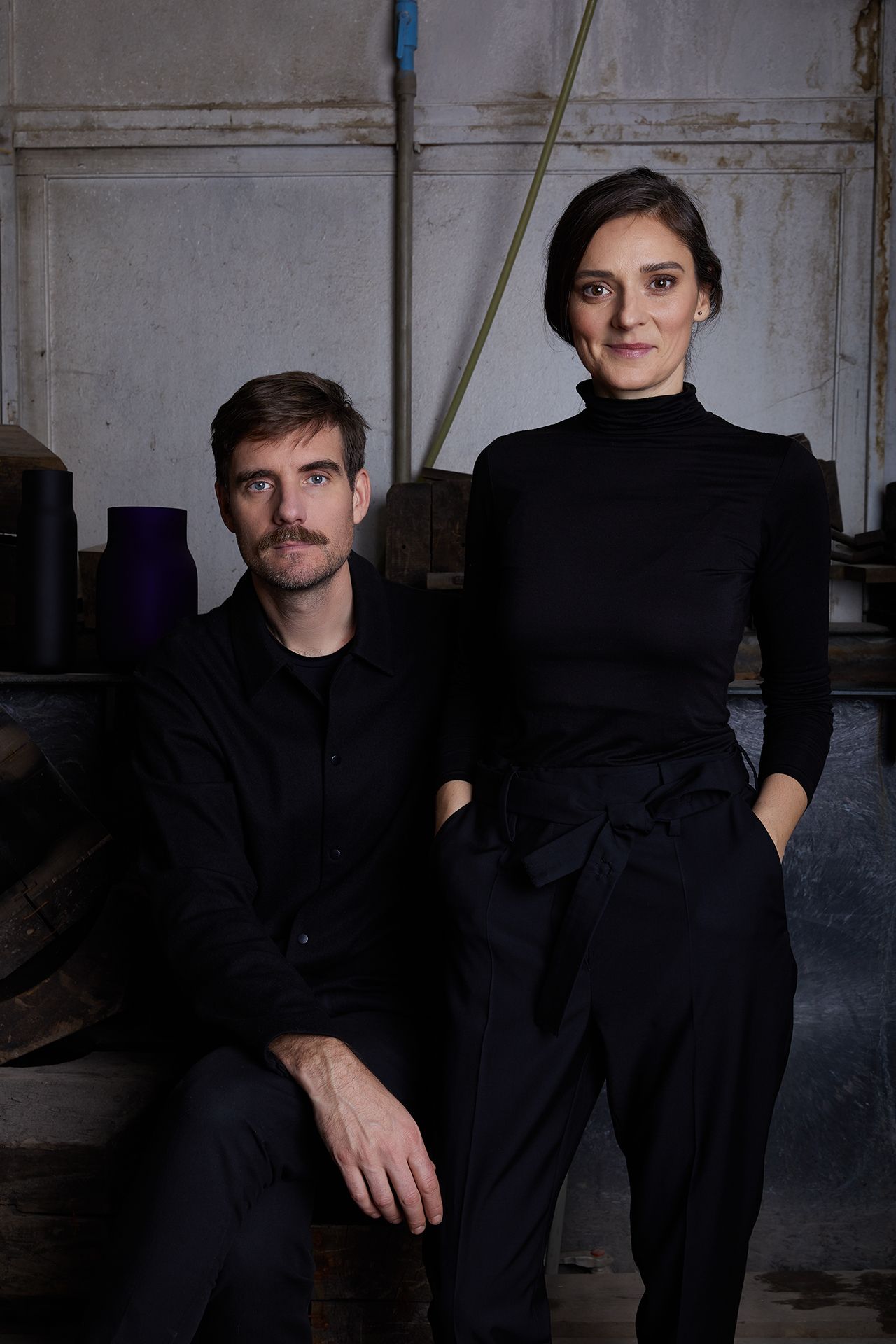
Czech glassmaking holds a strong tradition. Why is this medium important to you; why do you love this material?
Glass has always fascinated us. Working with this material is an exciting and unpredictable process, especially when creating handmade glass pieces that will never be the same. Its thickness can vary to some extent, and each piece is full of imperfections, bubbles or even bits of metal from the glass blowpipe.
As glass designers, we have to come to terms with these characteristics, embrace the challenges the material offers and let them inspire us to create something new.
As object creators, what is your approach to traditional glassmaking methods and aesthetics?
Glassmaking traditions offer a constant source of inspiration for us. On the one hand, they impress us from a technological aspect: how glass objects were made in the past and how they are still made today. In this regard, it helps a lot that we work with local glass factories: the glassblowers here have extensive knowledge of a wide range of centuries-old crafts, such as hand-blowing, snapping, cutting, grinding, firing, engraving and glass painting. We can help keep this knowledge alive through our projects by finding contemporary ways to apply it, combining traditional craftsmanship with modern technology. In this case, we go through a design process to find the different strengths of these two elements and make them complement each other.
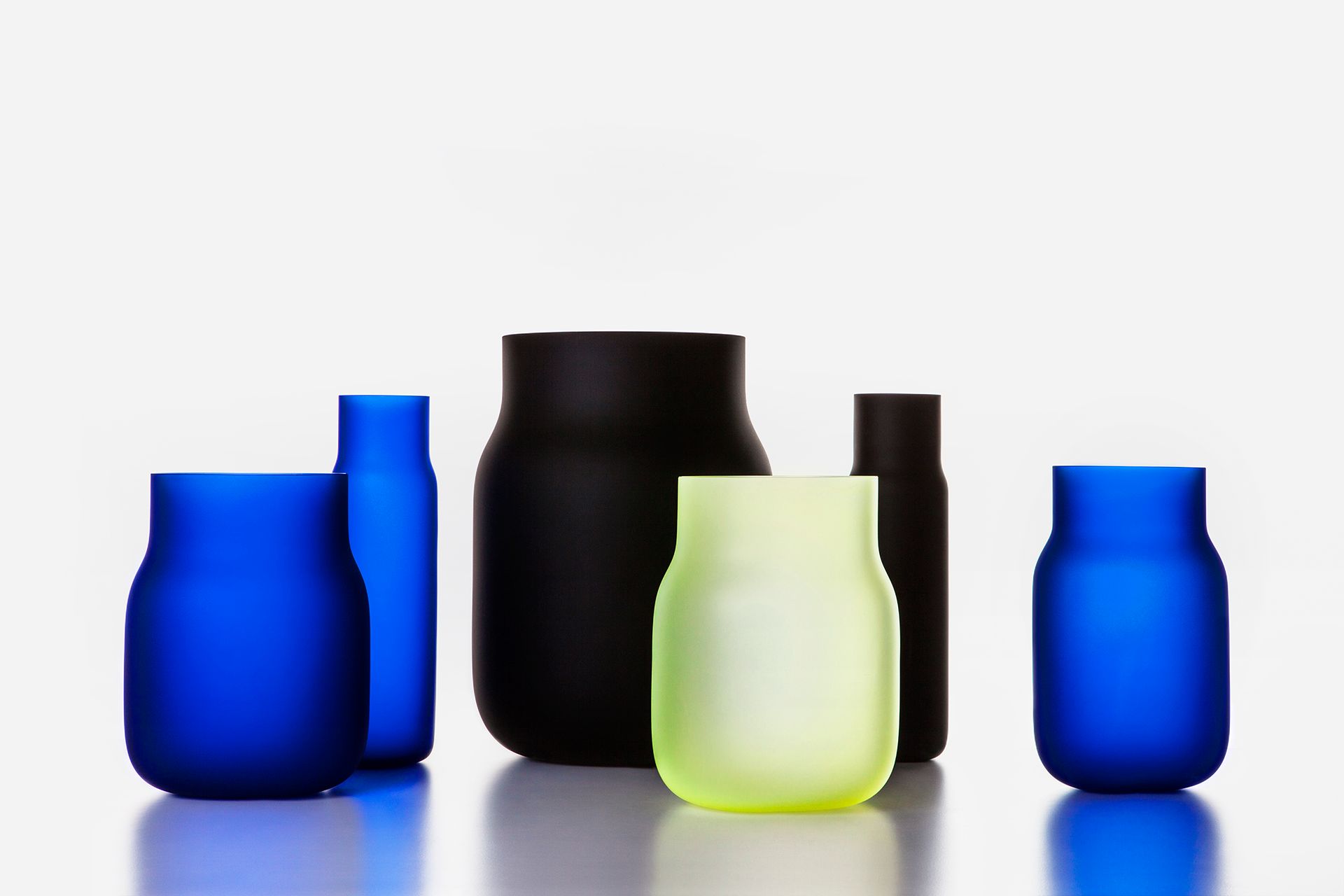
The aesthetics of traditional objects—not just glass, but all kinds of materials—often spark our interest, whether it’s an object found at a flea market or an everyday object whose shape or texture catches our eye. A good example of this is our most popular vase, Bandaska, which draws inspiration from traditional milk containers—well-known in Czech village households—and is now reborn as glass vases in various sizes and colors.
What do you think, why the Czech glass industry is still at the forefront today?
This is quite hard to answer, but there are definitely a lot of factors. What Is probably helping is that compared to other countries, there are still many smaller glass factories in the Czech Republic open to glass experiments. Designers from neighboring countries often come here to work with the local glassworks because this craft-focused business no longer exists in their own countries. The fact that they can actually work with the material and have the opportunity to exchange knowledge and learn from their expertise surely helps to foster a culture of experimentation and innovation.
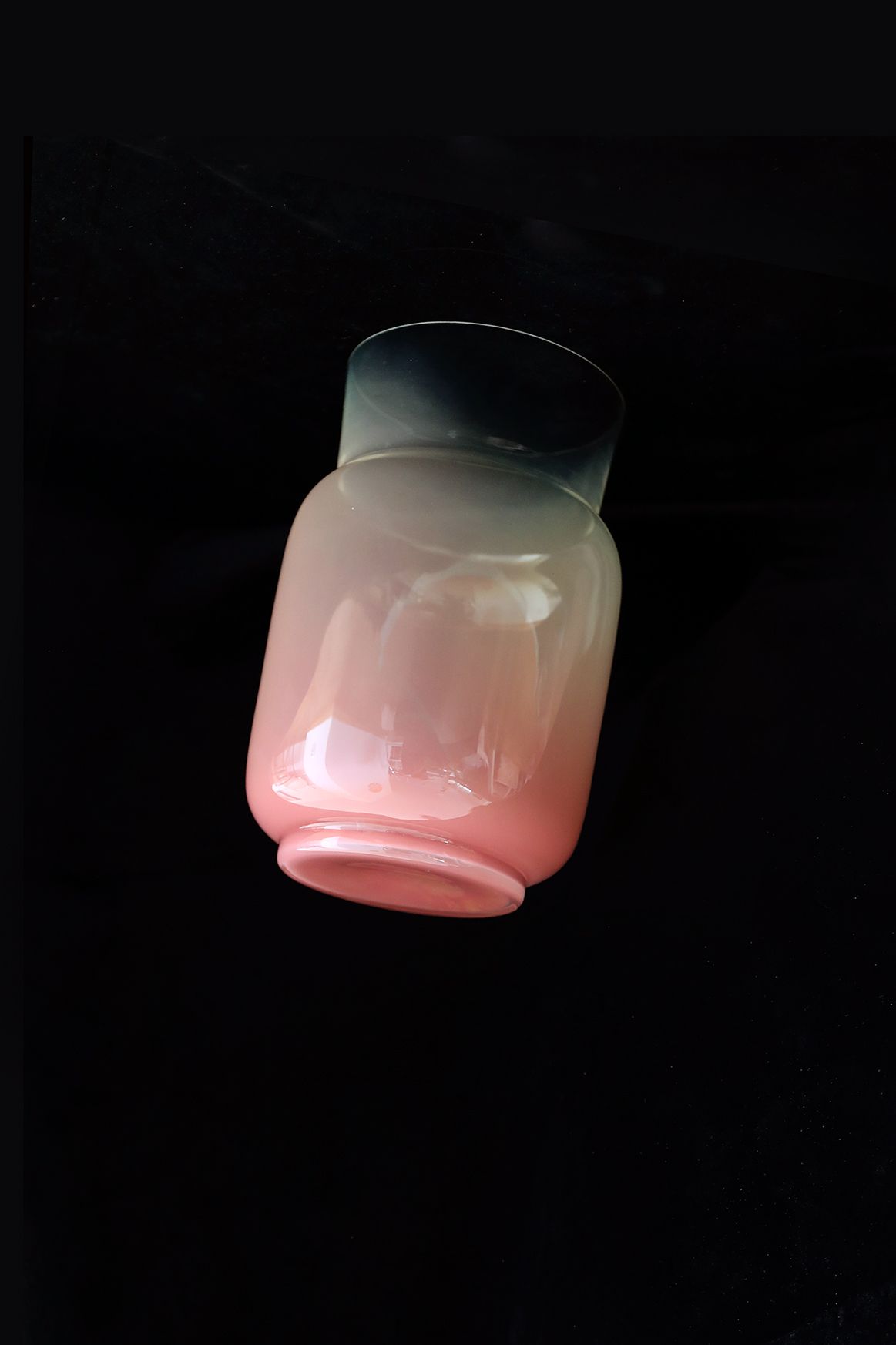
You also make unique light fixtures, chandeliers, and other decorative glass products, but what gives your products their special character? What are their signature techniques and shapes?
What is typical for our products is using glass blown in a color gradient. We use this technique for many of our vases and also often for our luminaires. The color distribution in these objects is often unpredictable and can vary from color to color, and size to size, making each piece special. DECHEM products are handcrafted, which we like to show, but we are also constantly experimenting with new techniques to extend the brand’s trademark. For example, we’ve recently done a couple of projects with cast glass blocks, such as our Wall Lighting Object; we also like to combine exciting textures with different colors and geometric shapes, which this technique is perfect for.
What is the biggest challenge in creating a glass collection?
Glass is a very specific material, with different properties depending on its origin and the technique used to produce it. This makes the whole process very challenging from the beginning till the end. The turning point is usually the first sampling when our ideas come close to reality, but the result can sometimes be very surprising. In fact, it’s the most unexpected results or mistakes that inspire new implementations and drive us forward. We have faced many challenges in our work, so it’s hard to choose one.
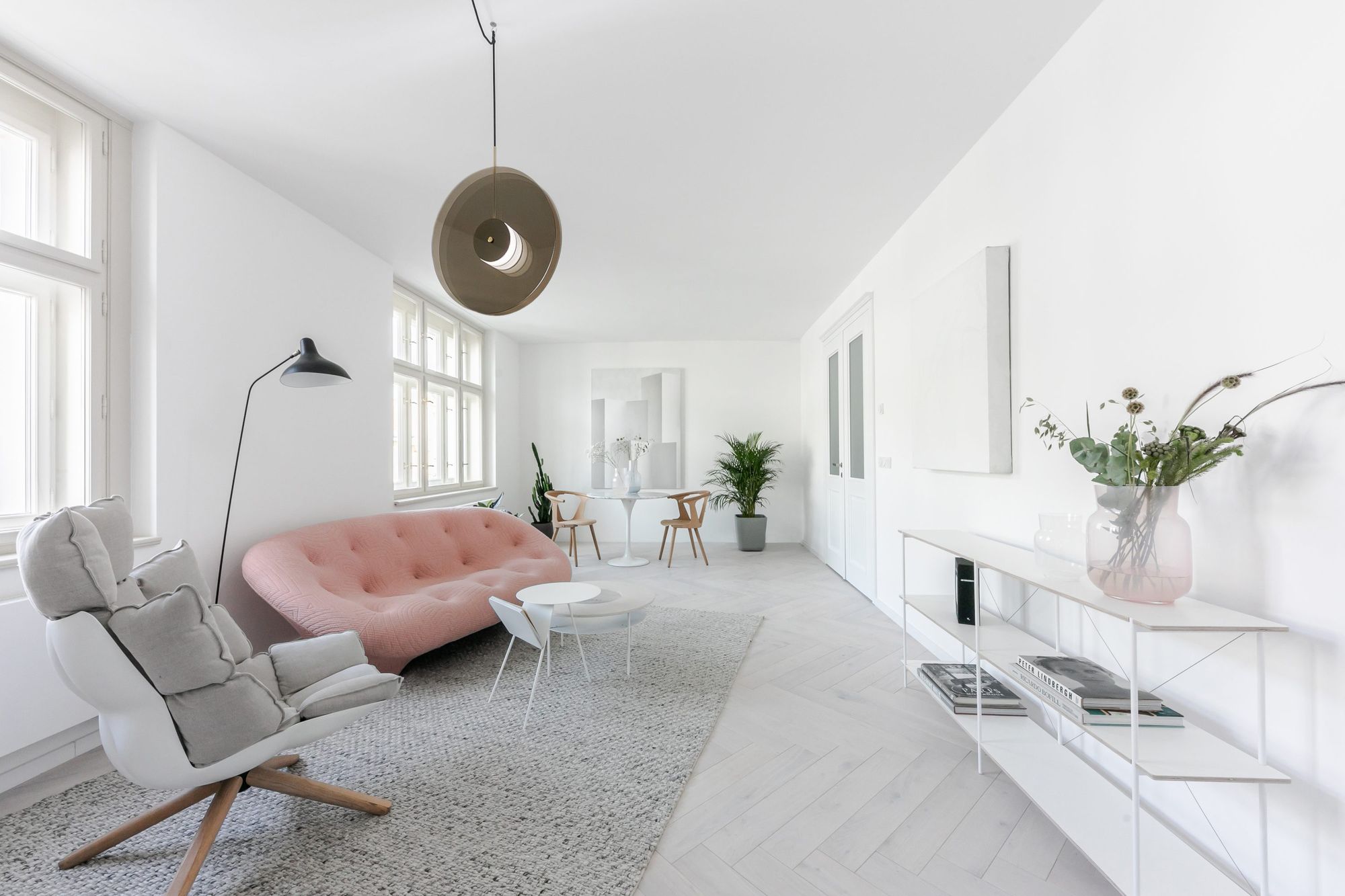
Along with creating various glass objects, you also like to participate in collaborations. Recently, you designed and produced a collection of mirrors for the Museum of Applied Arts in Budapest, which will become part of the institution’s permanent collection. Please tell us about this collaboration and the concept of the collection.
For the exhibition series Körforgásban (In Circulation), the museum asked us to choose an object from its permanent collection and design a new piece reflecting on the original one. As a starting point, we selected a custom-bound book from the museum’s art book collection: Madame Bovary by Gustav Flaubert. Originally published in Paris in 1930, the book later received a unique binding using the Japanese suminagashi marbled paper technique. Both the motifs of the novel’s story and the book as an object inspired us to create an exhibition that tells a story of past and present, fantasy and reality and the deepest hidden desires. The heart of the installation is a mirror made from lithyalin glass and differently colored glass sheets. It creates the illusion of three-dimensional space and plays a visual game with our perception. For this piece, we took the opportunity to work with this special glass for the first time, which is made using a unique glassmaking technique invented by the Czech Friedrich Egermann in the 19th century. The result is a pattern very similar to the one of the marbled paper. Its texture is very impressive, almost mysterious.
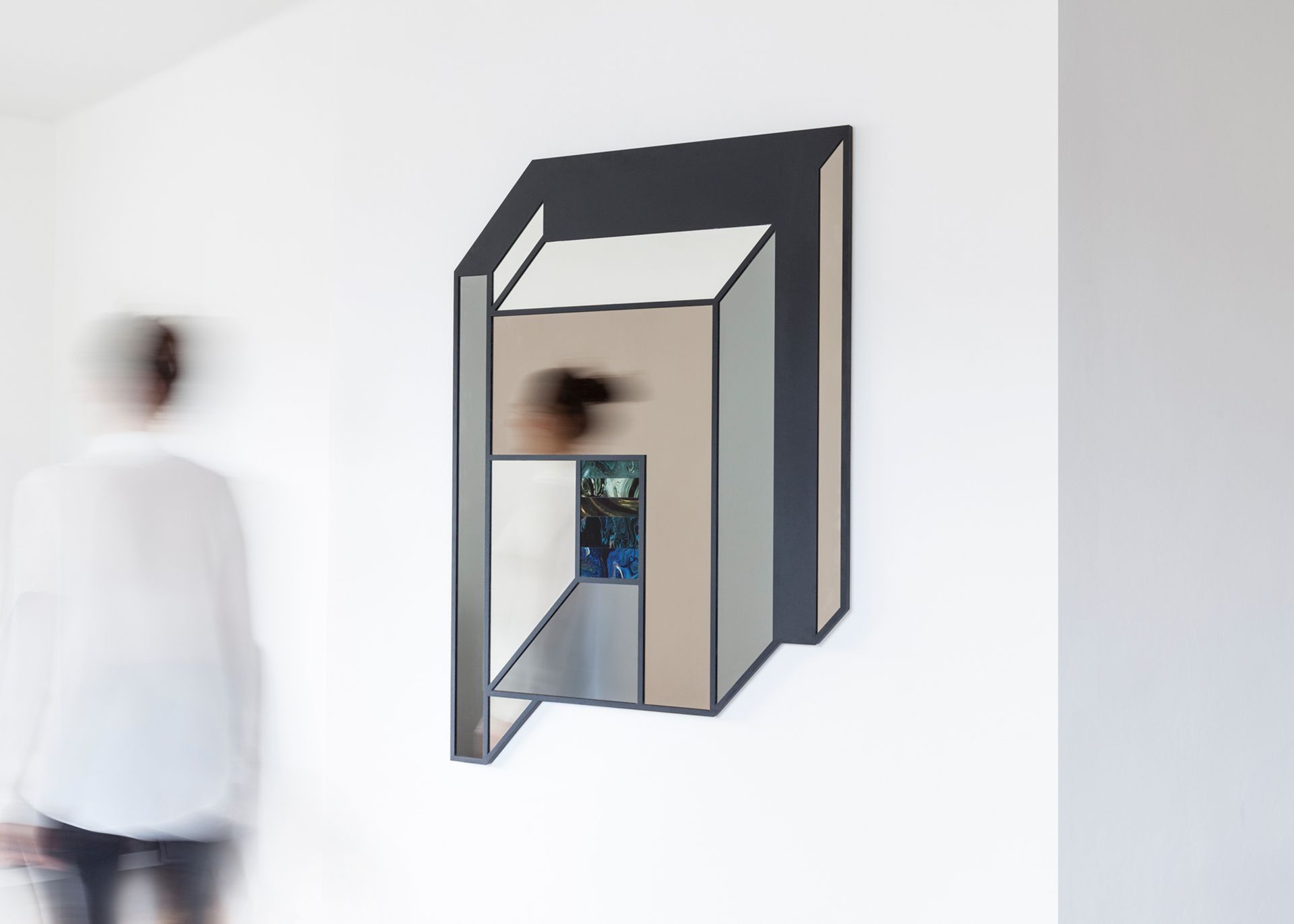
What other collaboration would you highlight?
Apart from our own collections, we design products for other companies, such as the Czech lighting brand Bomma, which allows us to work on a bigger scale and consult with the brand’s skillful experts. A good example is the Phenomena collection: it has a very sophisticated metal fixture, which can hold huge glass lampshades.
We also really enjoy developing customized projects and objects for different clients. It is very interesting to get immediate feedback on our work and move the project forward with someone from outside. One such project eventually led us to one of our wall lamps, the Manes chandelier. Even after these projects are completed, we like to keep experimenting with their technique or the design and take it in a new direction.
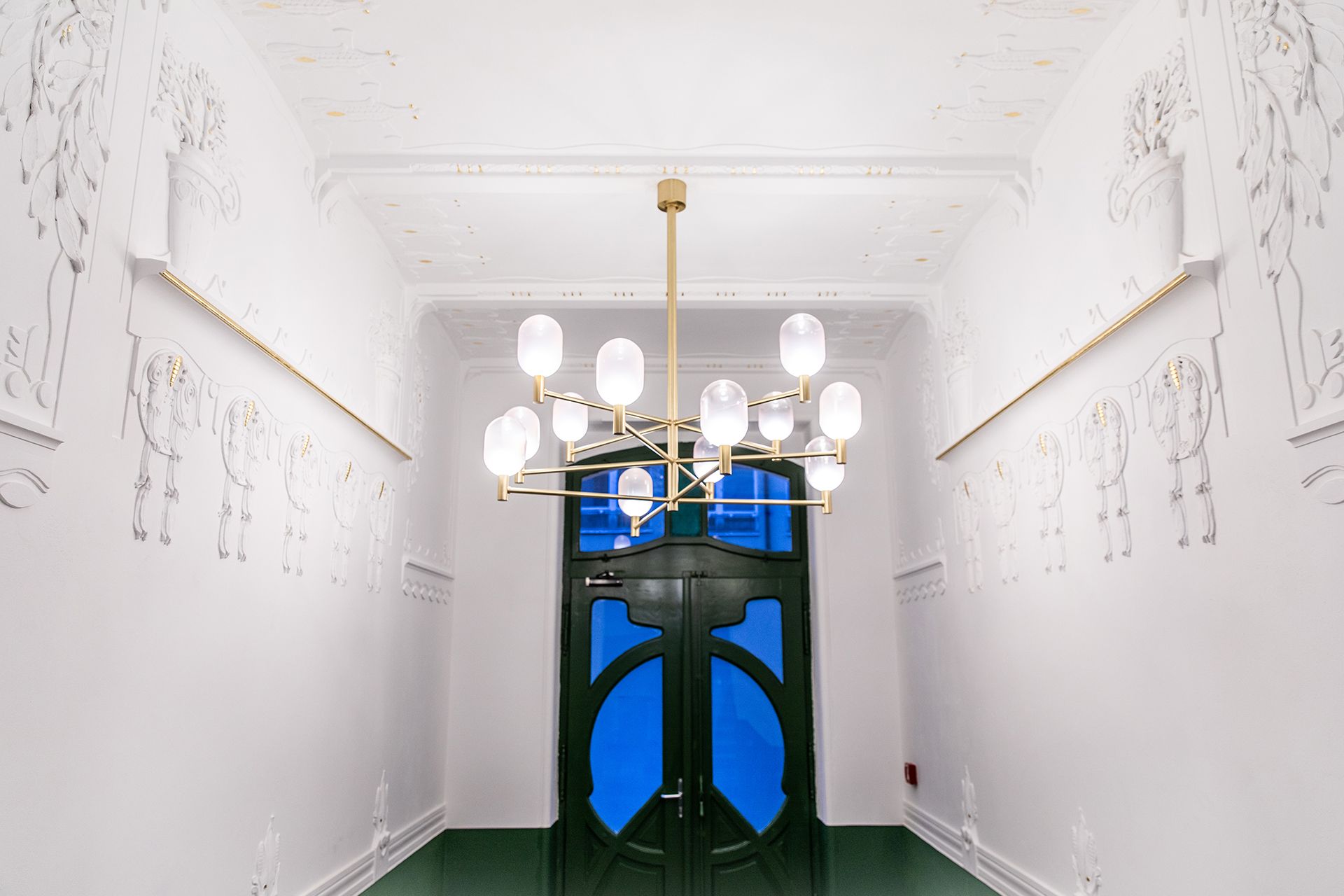
On the other hand, we are always looking to collaborate with other creatives. One project that has become quite dear to us is “DECHEM through the lens”, where we asked different photographers—whose work we admire—to choose a vase from our repertoire and capture it in their own style. It is amazing to see our products from someone else’s perspective and the results also give us new impulses for other projects. One day we would like to create an exhibition around this project.
What novelties can we expect from you in the near future?
We are working on an exhibition for the Czech Center in Paris, that will be open in November. In collaboration with Czech art director Karin Zadrick, we will show a selection of our vases in a black and white setting, based on some pictures she created as part of the DECHEM through the lens project—this is a nice example of how one of our projects leads to another.
As we mentioned before, we have recently started working with cast glass and are currently developing our method even further. We would like to create a collection around it and showcase it at Salone in Milan next spring. Strategically, we are also looking to bring our studio forward: we will soon be moving into a new space that will serve as a showroom. This way we can present all our products in the way they deserve and give people a more comprehensive picture of what we do and how we work.
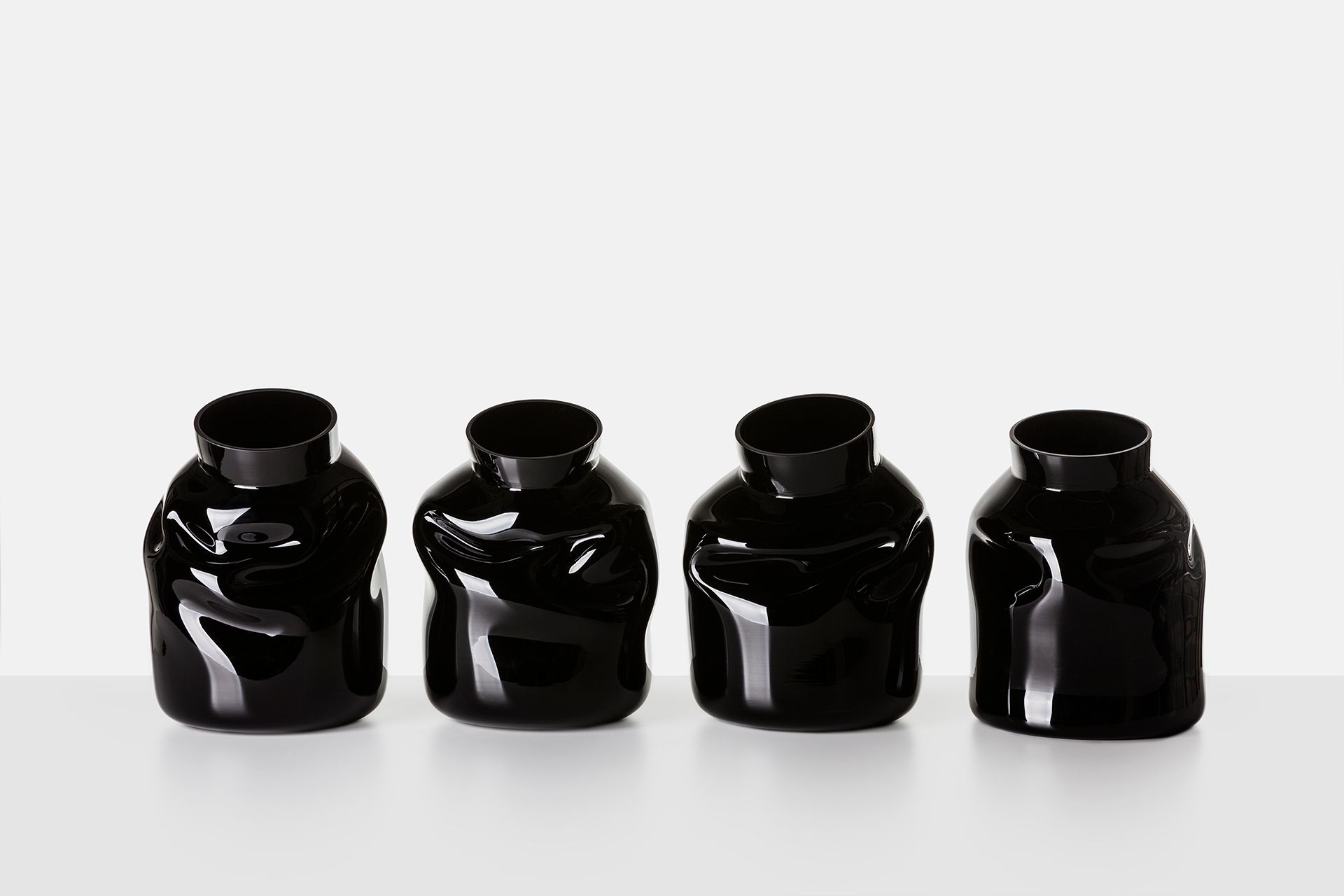
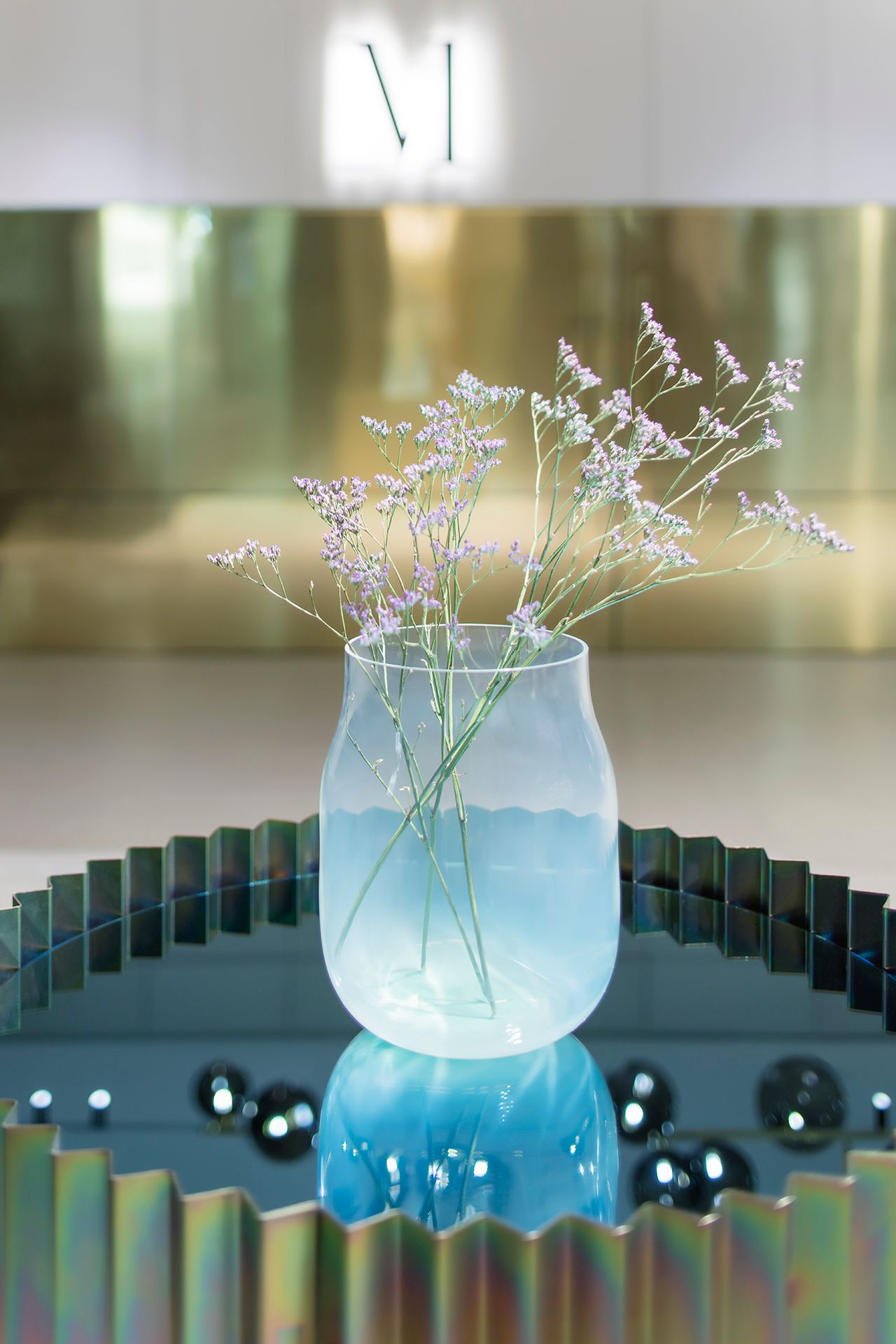

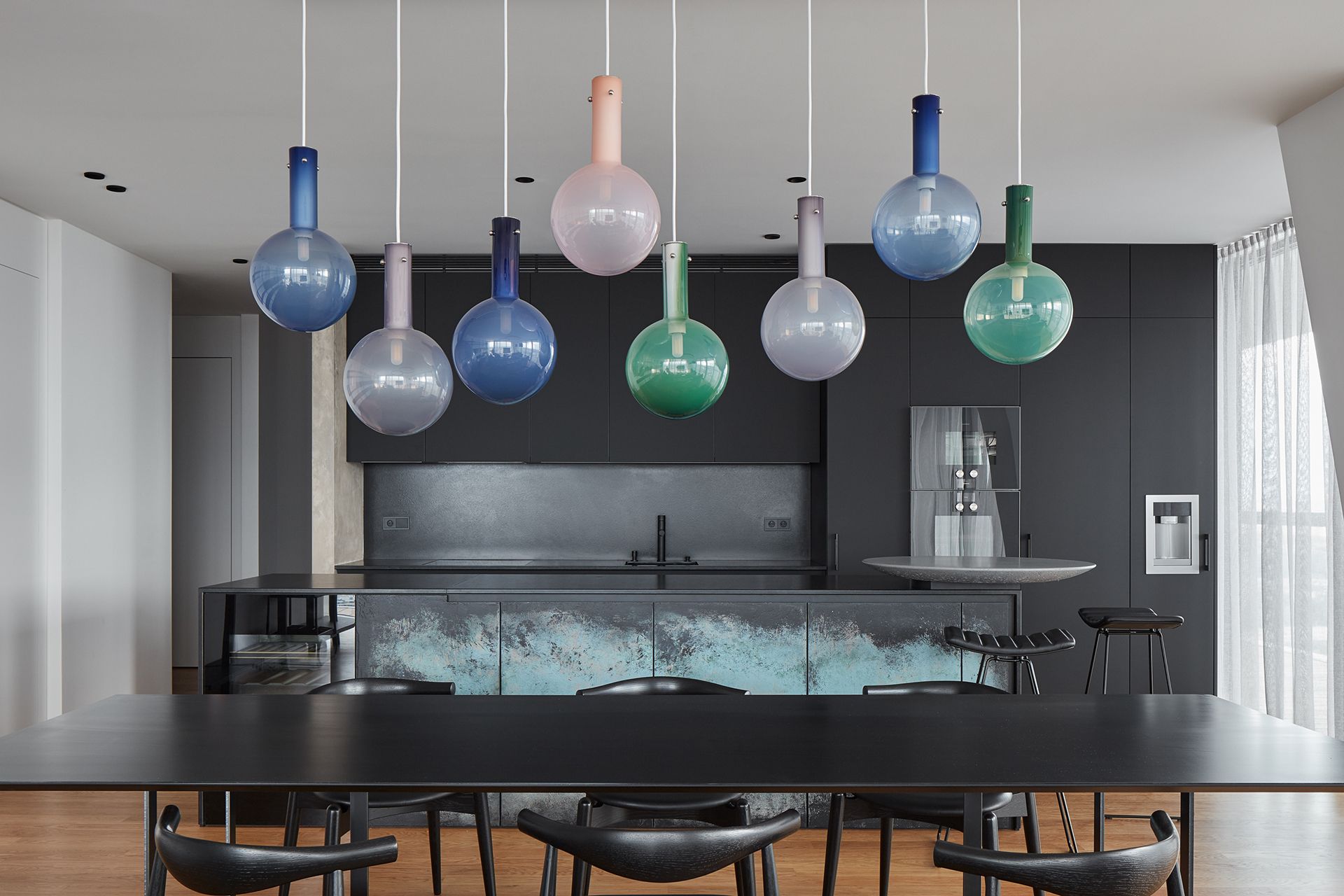
You can also see some of DECHEM’s glass objects in the exhibition space of the Kiscelli Museum, as part of the Design Without Borders exhibition until 28 November.
Photos: Boys Play Nice, Adela Havelkova, Kristina Hrabetova, David Maslowski, Alex Vyroubal, Karin Zadrick

Inverted skyscraper designed for New York
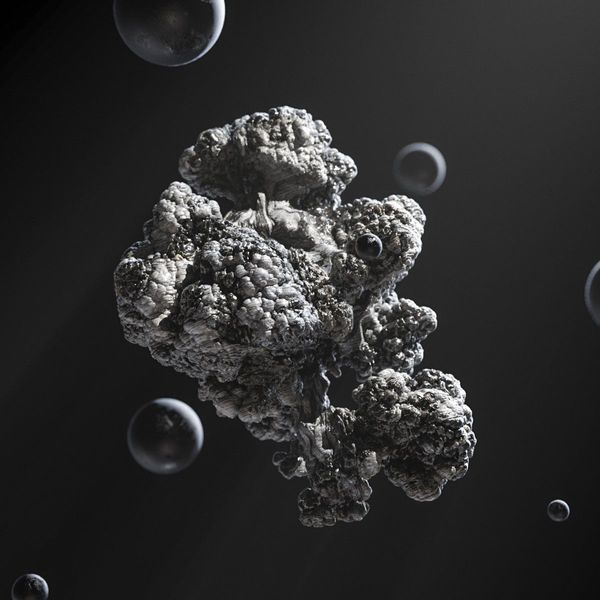
Immerse yourself in the unconventional video clip of AXA's experimental sound poetry










